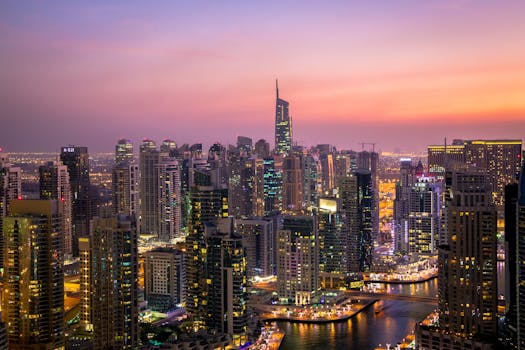
The world’s cities are witnessing a concerning and sustained reduction in green spaces, a trend documented in recent studies and environmental reports that highlight a variety of contributing factors, from rapid urbanization to climate impacts. As metropolises expand and populations grow, urban vegetation, including parks, tree cover, and green corridors, continues to disappear at alarming rates, posing a range of health, environmental, and economic concerns. Research has underscored the potential long-term consequences of this phenomenon, which affects not only environmental health but also quality of life for urban residents.
In Canada, for example, findings from Statistics Canada reveal that three-quarters of the country’s medium to large cities experienced a significant reduction in green space over the last two decades. The data, derived from satellite imagery, demonstrates that urban centers like Kelowna and Milton saw their green spaces decrease by almost half, with similar patterns observed in Toronto, Montreal, Vancouver, and Edmonton. Analysts attribute this decline primarily to the sprawling expansion of residential and commercial developments. Additionally, drought and invasive insect species, such as the emerald ash borer in Winnipeg, have contributed to deforestation in many urban areas.
The consequences of these reductions are particularly evident in cities vulnerable to the urban heat island effect, a phenomenon where dense urban areas experience significantly higher temperatures than surrounding regions. According to environmental researchers, cities lacking adequate green coverage can experience temperature differentials as high as 5-6 degrees Celsius. Urban heat islands have become increasingly problematic during extreme weather events, such as the severe heat wave that impacted Western Canada, where a record number of heat-related fatalities were reported. In response, some municipalities are pushing initiatives like “green roof” regulations, which mandate vegetation on building rooftops as a partial solution.
Similarly, European nations are facing comparable challenges. Cities such as Berlin, Paris, and Rome are grappling with balancing conservation needs against demands for development. The European Environment Agency reports that high-density cities with historically limited green spaces are particularly at risk as they struggle to meet the demands of both housing and natural conservation. Green space loss has been closely linked to declining biodiversity in urban centers, which further impacts air quality and soil health. European urban planners are now exploring urban re-greening projects, aiming to integrate more natural landscapes within city boundaries. These include reforestation initiatives, as seen in Rome’s commitment to plant millions of trees over the next decade. However, such projects often face obstacles due to high land costs, competing interests, and the challenge of maintaining ecological balance in built environments.
Asia’s major cities, including Tokyo, Beijing, and Mumbai, also illustrate the escalating loss of green spaces as urban populations skyrocket. The dense populations in these cities leave limited room for expansion of public green areas, which often fall victim to commercial and residential building projects. Tokyo, for instance, has witnessed gradual but continuous declines in parks and open spaces, despite its traditionally careful city planning. Environmental advocates in Asia highlight that insufficient green spaces worsen air pollution, a pressing issue in highly industrialized regions where greenery could otherwise serve as a natural filter for urban air contaminants.
The link between green spaces and public health has gained renewed attention in light of mounting evidence that urban greenery positively influences mental and physical well-being. Studies from the World Health Organization have indicated that access to green spaces reduces stress levels, enhances physical activity, and improves mental health outcomes. Public health officials are increasingly calling for policies that protect existing green spaces, particularly in low-income neighborhoods that tend to have fewer parks and green facilities.



